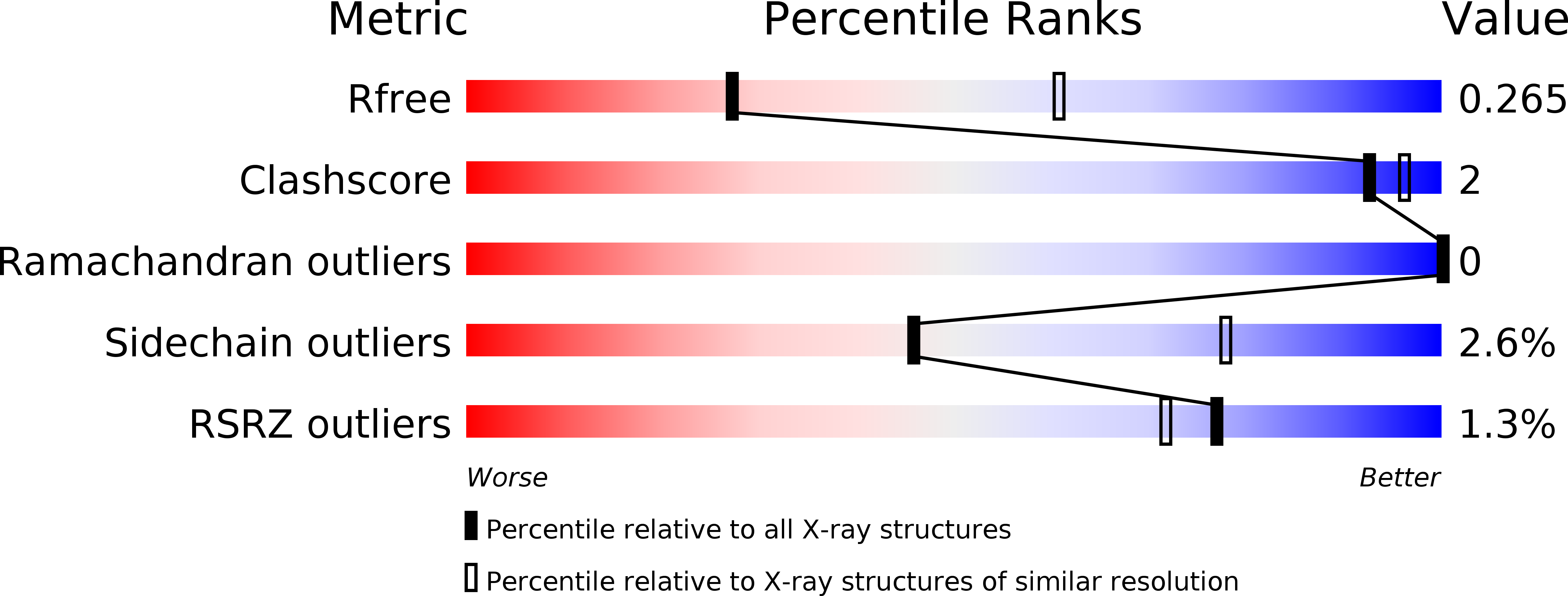
Deposition Date
2019-03-10
Release Date
2020-01-22
Last Version Date
2024-03-13
Entry Detail
Biological Source:
Source Organism:
Bacillus caldotenax (Taxon ID: 1395)
synthetic construct (Taxon ID: 32630)
synthetic construct (Taxon ID: 32630)
Host Organism:
Method Details:
Experimental Method:
Resolution:
2.81 Å
R-Value Free:
0.26
R-Value Work:
0.21
R-Value Observed:
0.22
Space Group:
P 1 21 1


